Blog Posts Tagged Technical Content
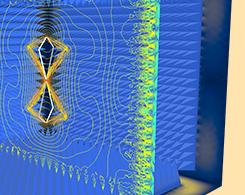
How to Adapt the Real World for Electromagnetics Simulations
Using an example of a biconical antenna in an anechoic chamber, we discuss how to closely mimic the conditions of real-world environments in your electromagnetics simulations.
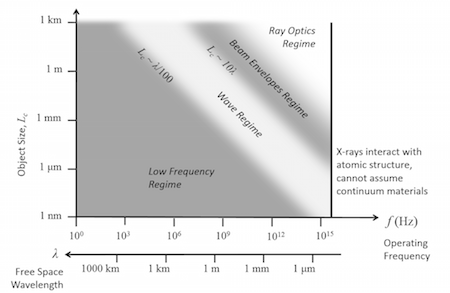
Guide to Frequency Domain Wave Electromagnetics Modeling
Read this blog post for your introduction to the various types of problems that you can solve in the RF and Wave Optics modules with COMSOL Multiphysics®.
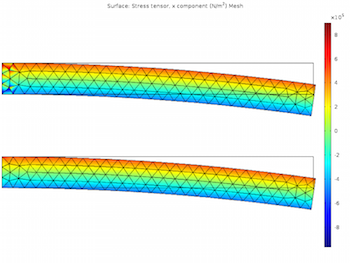
Modeling Linear Elastic Materials – How Difficult Can It Be?
Get an intro to the theory and application of the linear elastic material model, isotropy/anisotropy, allowable values for material data, incompressibility, and geometric nonlinearity.

Using the Previous Solution Operator in Transient Modeling
Use the Previous Solution operator for time-dependent models in which you want to evaluate quantities at the previous time step when using the default implicit time-stepping algorithm.

Fitting Measured Data to Different Hyperelastic Material Models
Want to fit your experimental data to different hyperelastic material models? You can with the Optimization interface in COMSOL Multiphysics®, which lets you fit a curve to multiple datasets.
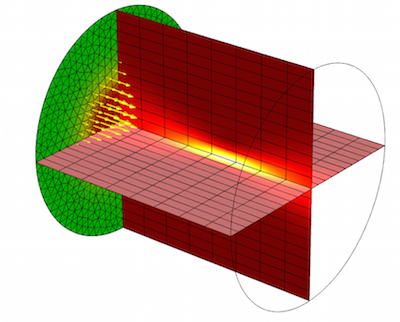
Modeling Laser-Material Interactions in COMSOL Multiphysics
When it comes to modeling laser-material interactions and heating, different modeling techniques are appropriate for different problems. We go over a few examples here >>
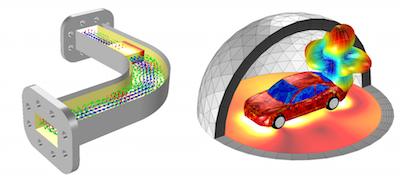
Simulation Tools for Solving Wave Electromagnetics Problems
Take a look at the various modeling, meshing, solving, and postprocessing options available for solving wave electromagnetics problems in COMSOL Multiphysics®.
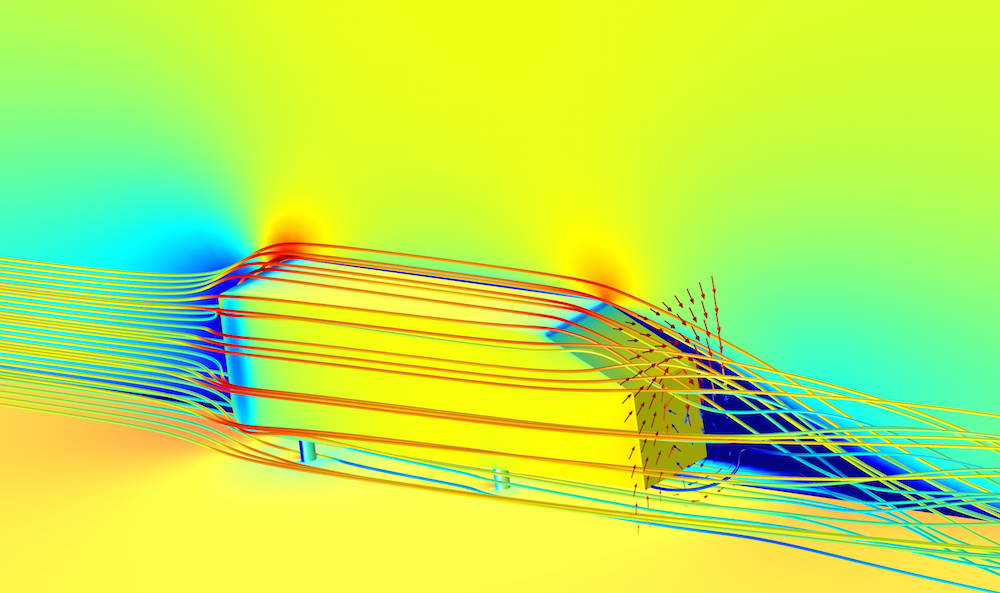
How Do I Compute Lift and Drag?
Analyzing lift and drag is an important task in many industries, such as automotive and aeronautics. Learn some different ways to compute lift and drag in COMSOL Multiphysics®.
